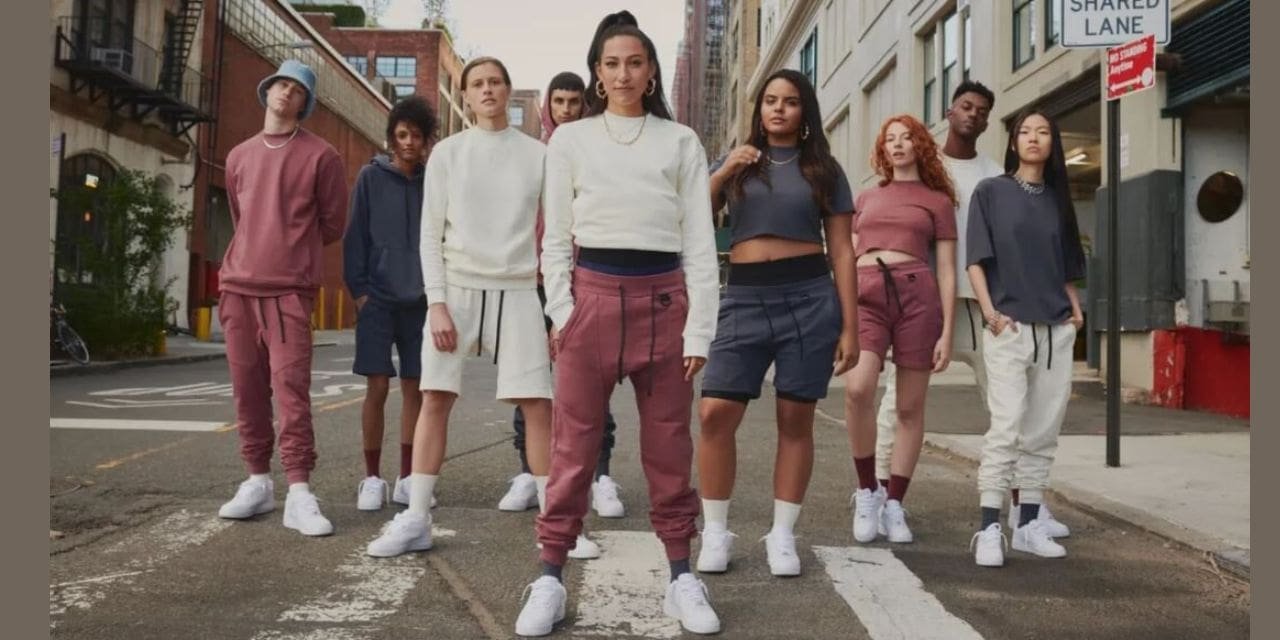-By Mokshika Chauhan
Sexual impartiality and LGBTQ+ privileges have been the subject of discussion from one side of the planet to the other, remembering for India, where huge headway has been made throughout the last 10 years in perceiving and defending transsexual freedoms. In 2014, the High Court of India maintained the right of transsexual individuals to self-recognize as a third orientation.
Sexually unbiased clothing has emerged as a means of encouraging inclusivity as a result of this growing recognition of impartiality that has influenced both society and the fashion industry. Customary standards have been tested because of the expanded acknowledgment and cognizance of different orientation personalities, which has brought about a change in style configuration, showcasing, and utilization. As a result, the global market for gender-neutral clothing is expected to expand between 2021 and 2030 at a CAGR of 6.5 percent, reflecting the growing demand for clothing that is more inclusive.
Genderless dress is popular in India’s metropolitan regions and districts with a moderate and comprehensive standpoint. Experts say that Mumbai, the fashion capital, has a dynamic market for independent clothing supported by fashion designers and brands advancing comprehensive plans. Bengaluru’s interest is filled by the city’s young, cosmopolitan populace and flourishing LGBTQ+ people group, which embraces trial and comprehensive design. Delhi, the center of design and a mix
of traditional and modern influences, draws fashion-conscious people to see the value of genderless clothing, which is displayed at design weeks and events. Pune, with its ever-evolving perspective, large student and professional population, seeks genderless options. People are increasingly adopting genderless fashion in Hyderabad, which has a thriving design industry and diverse culture.

